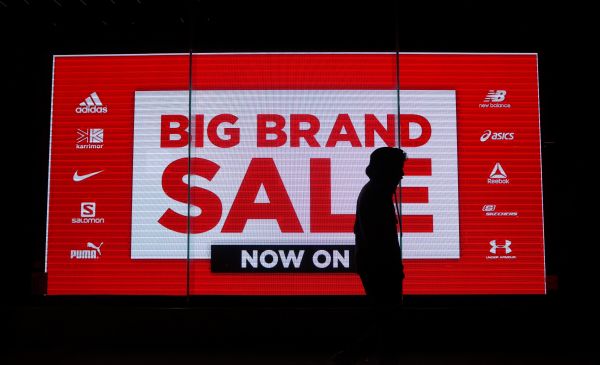Branding Strategy Insider helps marketing oriented leaders and professionals like you build strong brands. BSI readers know, we regularly answer questions from marketers everywhere. Today we hear from Matthias, a Marketer in Berlin, Germany who writes…
Dear Derrick! Dear Brad!
Thanks a lot for your great work on Branding Strategy Insider — I always read with pleasure. We are a Berlin based Branding Agency working for the Green Economy (Green NGOs, Solar Companies, Social Businesses) and I want to ask you if in your opinion this sector needs a completely new methodology for Branding:
– Are communication strategies for “awareness raising” e.g. against nuclear energy, climate change or pro vegetarianism really the same as for product Brands like Apple or Starbucks?
– Is it really the best way to use “emotional, positive and target group-centered” messages for these topics (as the Branding theory probably would suggests) as well?
– In your opinion which are Best practice examples in communication from NGOs (Greenpeace, WWF, Avaaz…) which execute Branding in a similar approach as you do?
Matthias, Thank you for your question. Communication strategies are always much more effective and efficient if they target the market segment or segments to which the brand is most likely to appeal. Emotional messages are always the most powerful. However, sometimes you can combine an emotional appeal with rational benefits. Communicating shared values (reverence for all of life, love of the unspoiled wilderness, responding to the call for wise stewardship of the earth, preserving the habitats that support life, creating a healthier world for this and future generations, etc.) is also a very powerful approach to brand communication. Sometimes, people use a brand as a “badge,” indicating their values, what they stand for and what they believe in. For instance, one might communicate “My compassion is quite broad and my caring quite deep” by actively supporting a specific brand. While I personally prefer positive messages (envision a more perfect future if you support our brand), fear-based communication is at least as effective (this is what could happen if you don’t support our brand and what it stands for).
One website I would suggest you look at is Patagonia. Their values and love of the wilderness come through strongly on their website. The Nature Conservancy has done a good job telling its story over time, even with its taglines: Saving the Last Great PlacesTM -> Saving the Last Great Places on EarthTM -> Protecting nature. Preserving life.TM The ASPCA does a great job of depicting forlorn, dejected looking animals, especially by focusing on their eyes. It may be somewhat schmaltzy, but it is effective. Christian Children’s Fund (now ChildFund International) has done the same with sad looking children, again focusing on their faces and their eyes.
It is also possible, but much more difficult, to begin to bring these brands’ messages to broader, less targeted audiences, however you must find the emotional “way in” to their hearts (and perhaps the intellectual way in to their minds). This will require in-depth upfront qualitative research to discover those “ways in,” which may be different than the “ways in” to the hearts and minds of the brands’ core audiences.
Have a question related to branding? Just Ask The Blake Project
The Blake Project Can Help: The Brand Positioning Workshop
Branding Strategy Insider is a service of The Blake Project: A strategic brand consultancy specializing in Brand Research, Brand Strategy, Brand Licensing and Brand Education




